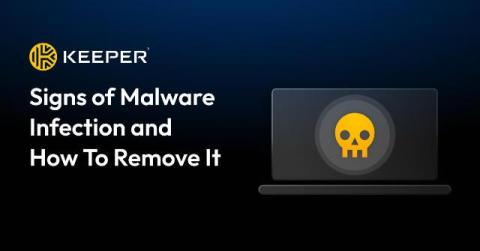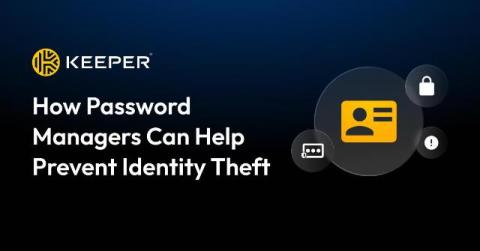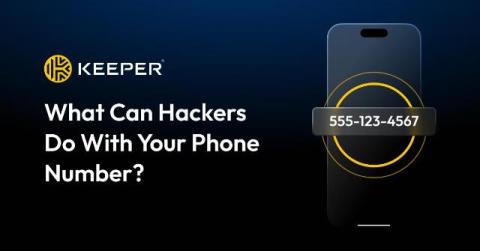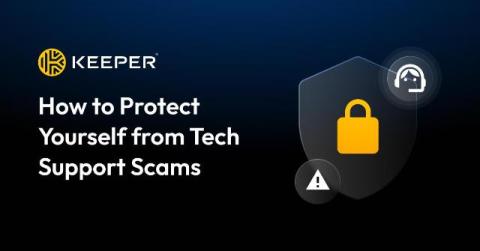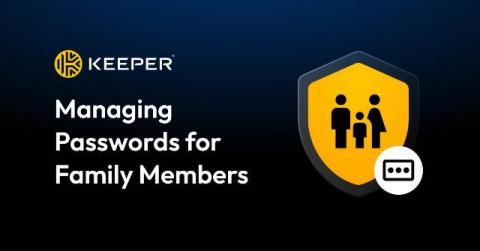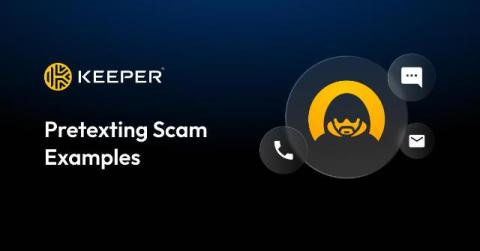Signs of Malware Infection and How To Remove It
Malware is malicious software that can infect your device in many ways, like when you download a free game or movie. Some signs that your device is infected with malware include random pop-ups, freezing or slowing down, suddenly limited storage space and apps you don’t remember installing. Continue reading to learn the 10 most common signs that your device has a malware infection, how to remove malware from your device and how to protect your devices from becoming infected.


